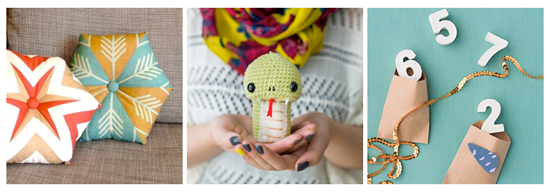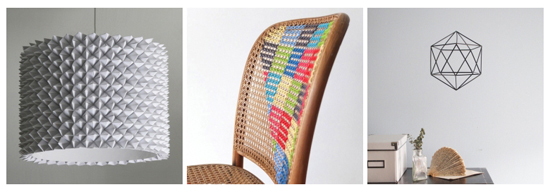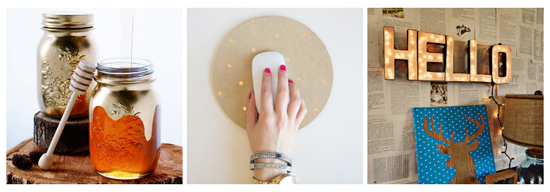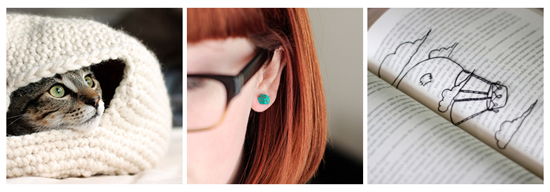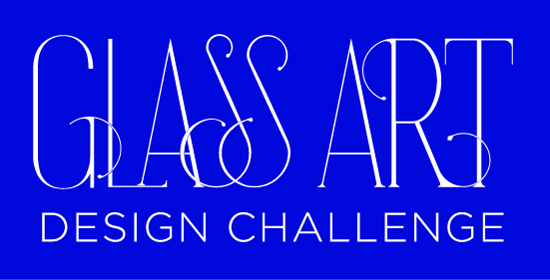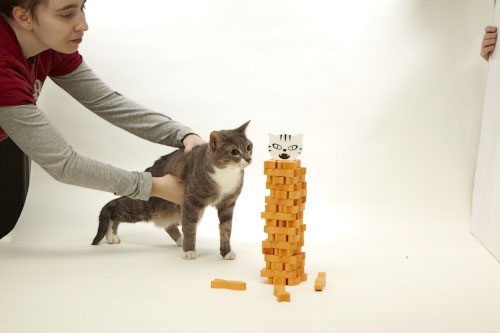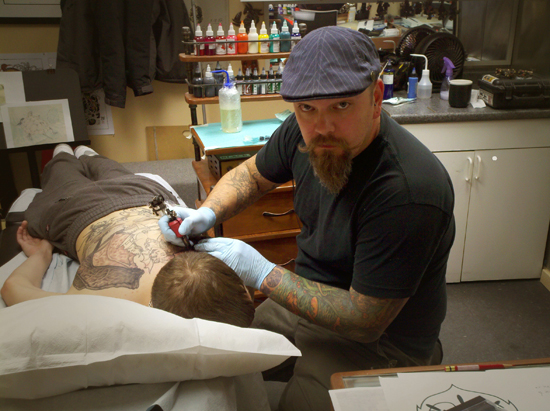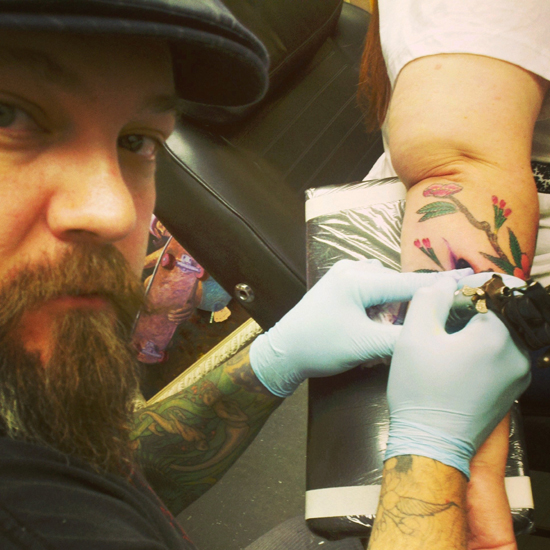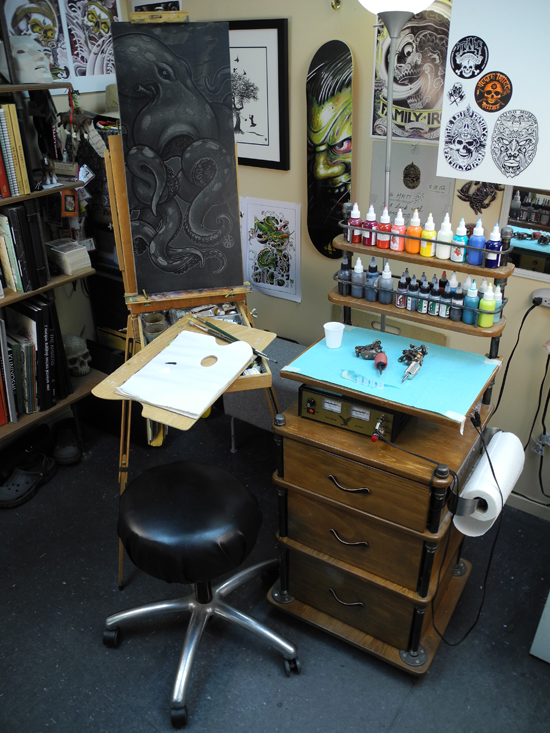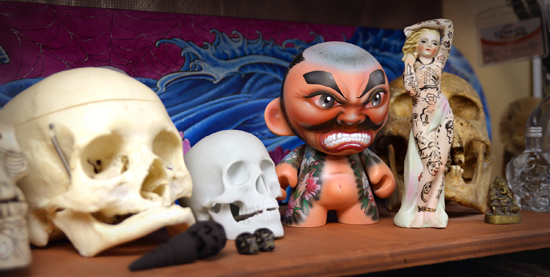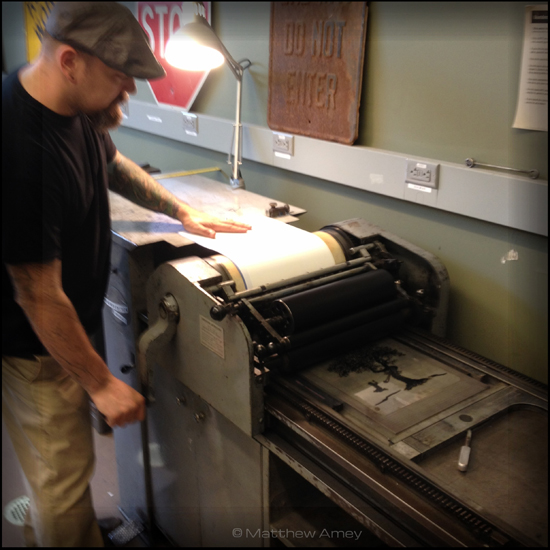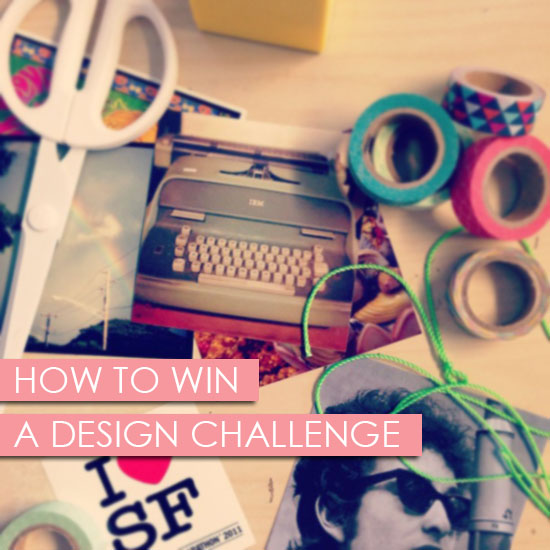 After facilitating 11 design challenges over the past year, I consider myself our company expert. I sit with the buyers as they sift through the entries to decide on the semifinalist designs that will make it to our community voting app, moderate the final judging session, and communicate with the designers throughout the entire process. I am to the point now where I can anticipate what the buyers will say about each entry and finalist design so I thought it would be helpful for me to share some of my observations.
After facilitating 11 design challenges over the past year, I consider myself our company expert. I sit with the buyers as they sift through the entries to decide on the semifinalist designs that will make it to our community voting app, moderate the final judging session, and communicate with the designers throughout the entire process. I am to the point now where I can anticipate what the buyers will say about each entry and finalist design so I thought it would be helpful for me to share some of my observations.
Of course the final decision always comes down to the design and how well the buyers think it will sell at UncommonGoods, but keeping this advice in mind will help you avoid some road blocks that I have seen make or break the final decision.
PRICING I thought I’d start with the technical stuff to get it out of the way and because this is a really important factor in most design challenges. UncommonGoods is a retailer so we buy artist’s goods at a wholesale price. After we buy your design from you, we still need to make a profit, so we need to have a retail price set with a fair profit margin. We measure gross margin % to gauge profitability. We calculate this with (retail price – wholesale price)/retail price x 100 = GM%.
 But if you have only been selling on Etsy and at flea markets, you might not have a wholesale price figured out yet. Many independent sellers are currently selling their items retail at a wholesale price! Stores like UncommonGoods will need to charge almost two times that amount to make a profit, and we won’t want to sell your design at a much higher price than a customer can get it on your site. This might mean going back to the drawing board but a strong pricing structure could really benefit you in the future.
But if you have only been selling on Etsy and at flea markets, you might not have a wholesale price figured out yet. Many independent sellers are currently selling their items retail at a wholesale price! Stores like UncommonGoods will need to charge almost two times that amount to make a profit, and we won’t want to sell your design at a much higher price than a customer can get it on your site. This might mean going back to the drawing board but a strong pricing structure could really benefit you in the future.
Senior Buyer Erin Fergusson advises, “Research what is out there in the market place and understand the range of retail prices for similar products. Be sure to note the materials and how something is produced (handmade vs. manufactured) in order to understand where the cost is coming from.”
To understand pricing a little more, check out this really informative forum discussion between Etsy sellers.
Tell your product story well and completely! Some artists do a great job telling the story of their design in the Product Description field on our online submission form. Some artists don’t and it can really hurt them. This is the space to let us know all about your inspiration, your artistic process and how the design makes you feel. This is the space to tell our buyers everything you want them to know about you and your art.
If your design is chosen to be a semi-finalist, this is the copy we will edit for grammar and punctuation to use in the community voting stage-so this story won’t just attract our buyers, but also the thousands of voters who will be viewing your design. Good product copy can make or break your chances with the voting community, the buyers, and the rest of the judging panel.
Our buyers love collections. When I sit with a buyer and go through design challenge submission, more often than not we are also visiting an artist’s website to see what else they have. Not because we’re nosy, and not because we don’t like what we see. Our buyers want a sense of an artist’s future as a vendor at UncommonGoods. They’re looking for an artist that will be able to create a collection of similar products. Check out Valerie Galloway and Etta Kostick – former design challenge participants with robust collections.
Be prepared for our inventory demands. Our inventory requests for each design are always different depending on price and category, and our buyers work to create a plan with each designer that is beneficial to both parties. One common question you should be able to answer is “how many of these can you make in a week’s time?” Don’t know the answer to that question because you’ve only ever made one? That’s ok too, but have a plan in place for scaling up. (Get some advice from our current vendors here!)
Send a product sample, NOT a prototype. Most challenges require the semifinalists to send in their design for the buyers to review. Even if a design doesn’t make it into the top five designs that are judged, the buyers will review all the samples that come in. So many other artists are eager to get their designs into our buyers’ hands-but so many times I see samples with unfinished edges and chipping paint. Who knows when you will get another chance.
Send them something that shows the true extent of your talent. Before you send out your sample think, is this something I would send to a paying customer? Remember, when our buyers have your design in their hands they are thinking the exact same thing.
Stay tuned to our Twitter to learn about new design challenges and enter our Art Contest all year round!




